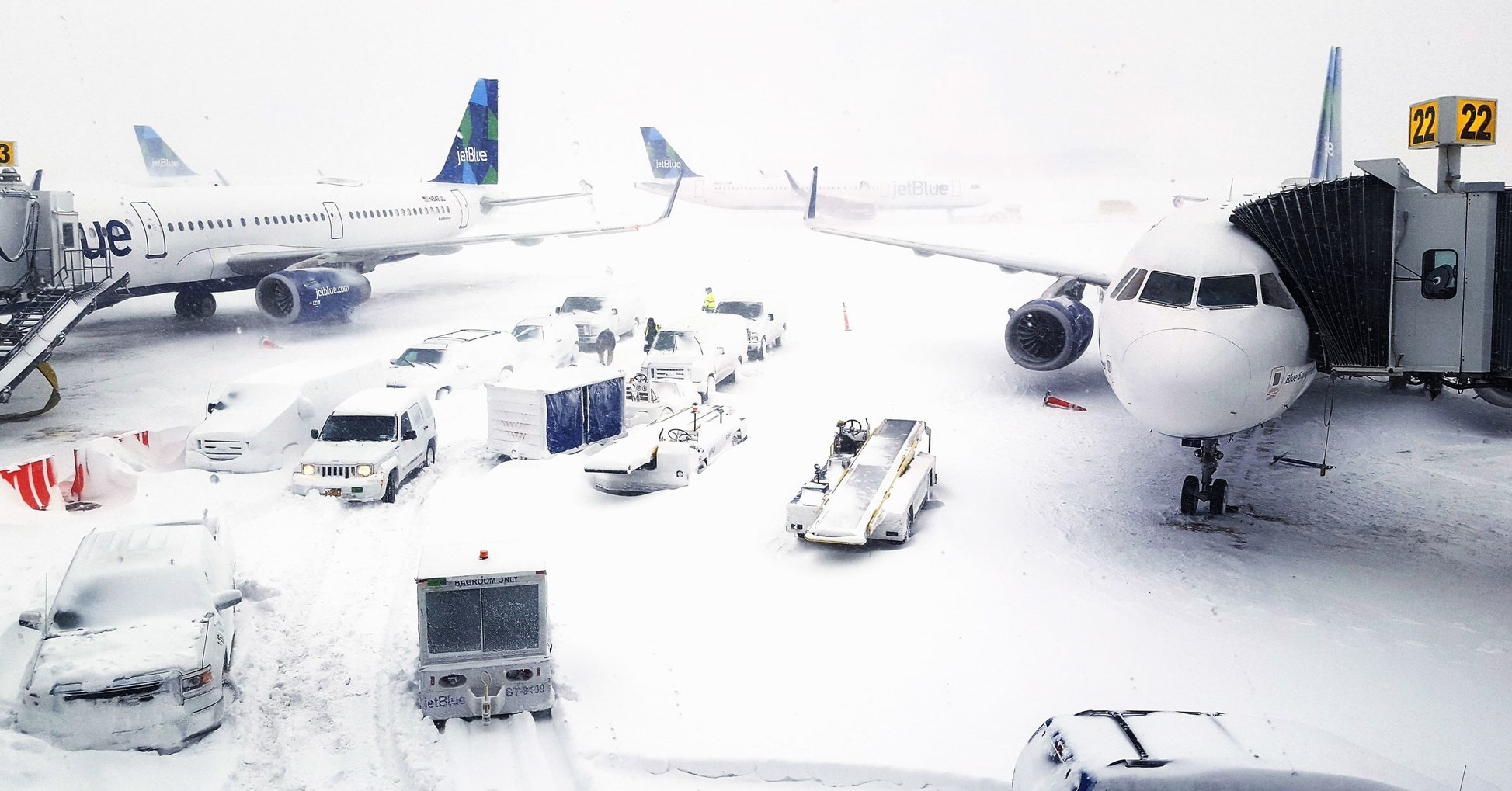Planes that had landed were stuck on the tarmac because there were no available gates. Some waited an hour, two hours, even three. An AirChina Boeing 777 that arrived from Beijing sat stranded for seven hours.
Not that it will placate anyone who endured that brutal addendum to a 14-hour flight, but moving a plane into or out of a gate isn’t as simple as it seems, especially in these circumstances. First off, you need someplace safe to stash it, and by Friday night JFK’s taxiways were nearly full. If you want to move a plane stuffed with passengers, you need pilots and flight attendants aboard, who are bound by rules governing how long they can work without taking a break. And if a plane at a gate is waiting to leave, it makes sense to leave it there, rather than send the passengers back into the terminal. At least you’ve got everyone seated and in one place.
Still wondering what happened? The key point to hold in mind is that, like any ballet, air travel is an exquisitely managed operation. Airlines plan their schedules months in advance, down to the minute. They obsess over turnaround times, how long it takes them to get one batch of fliers off a plane and a fresh group in their place. Canceling a flight is never a fun choice, because it means losing two planeloads of fares—one for the original journey and another for the return flight it would have made. Airlines operate with profit margins around 3 percent, which is why they charge you for everything they can think of, and weep when they lose the chance.
Sourced through Scoop.it from: www.wired.com



Leave A Comment